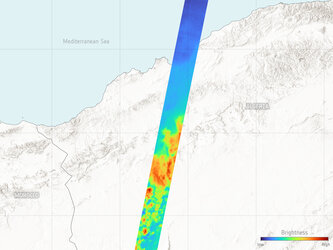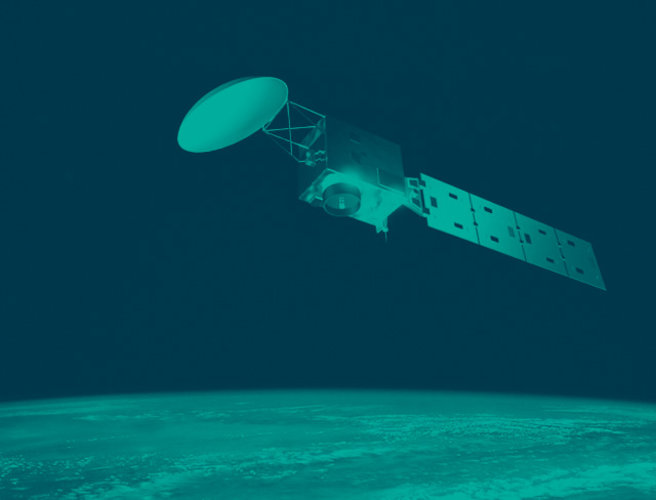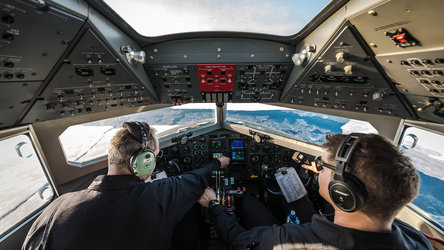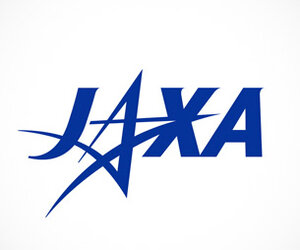Taking to the skies for EarthCARE
Launched just six months ago and still in its commissioning phase, ESA’s EarthCARE satellite is already producing remarkable data from its four instruments, offering groundbreaking insights into clouds, aerosols, and Earth’s energy balance.
Highlighting the importance to Earth system science and climate research, teams worldwide are out in force taking measurements to verify and enhance the accuracy of EarthCARE’s data.
Developed as a joint venture between ESA and the Japan Aerospace Exploration Agency (JAXA), EarthCARE is a testament to the benefit of successful international cooperation.
This spirit of international teamwork now continues with extensive validation campaigns, which bring together experts from numerous institutes to take a multitude of measurements from aircraft, balloons, ground stations, research ships and drones.
These ‘truth’ measurements can then be compared to what EarthCARE measures from space.

EarthCARE carries four different sensors to measure various aspects of our atmosphere to help understand how clouds and aerosols reflect incoming solar energy back out to space and how they trap outgoing infrared energy.
Its synergistic measurements promise to yield crucial insights into Earth’s delicate energy balance – the balance that is vital for regulating Earth's climate.
With all four of EarthCARE’s instruments working together well, and generating data that are already exceeding expectations, the ongoing aircraft validation campaigns, which involve multiple aircraft and simultaneous flights, have already further confirmed the mission’s excellence.
The campaigns, called PERCUSION, PACEPAX, ECALOT, MAESTRO, VERIFY, CELLO, WHYMSIE, ARCSIX, involve nine aircraft carrying different suites of instruments that mimic the instruments on EarthCARE.

Flights, so far, have taken place over the Atlantic Ocean, North America and Europe.
And remarkably, many of the flights have been carefully timed to fly under the EarthCARE satellite so that coincident measurements of clouds and aerosols can be taken.
The maps below indicate the extent and complexity of the flight tracks. It also highlights the close synergies between science and validation, as many of these collaborative campaigns are achieving multiple objectives for other missions, whilst also contributing to the validation of EarthCARE.

ESA’s Rob Koopman said, “This unprecedented suite of campaigns is a monumental effort involving hundreds of scientists and engineers, and we extend our heartfelt thanks to everyone involved. There have been over 60 flights, including several where we’ve had two or three aircraft flying in a ‘stack’ to gather information from different altitudes.”
ESA’s Jonas von Bismarck added, “Impressively, the teams have repeatedly managed to fly directly beneath EarthCARE as it orbits above, capturing valuable coincident measurements. This is remarkable, and two aircraft even appear in the cloud profiling radar data, as the image below shows.
“Considering that EarthCARE travels 30 times faster than the fastest aircraft involved, correlating the data is far from straightforward.”

Nevertheless, the image below, for example, indeed shows how the lidar measurements taken from an aircraft and the measurements taken by EarthCARE’s atmospheric lidar (ATLID) align extremely well.
John Hair, from NASA’s Langley Research Center, said “We were truly astounded at the excellent agreement between ATLID’s measurements and those acquired from a high-altitude aircraft by NASA’s most capable airborne high-spectral-resolution lidar, HSRL-2, during the PACE-PAX field campaign.
“This level of accuracy is an amazing achievement for this phase of the mission.”

Florian Ewald, from DLR, also noted, “Comparisons between EarthCARE’s cloud profiling radar (CPR) and the airborne radar used during the PERCUSION campaign are equally impressive – displaying very similar data over a wide range of conditions, from daytime in the Tropics to nighttime in the Arctic.”
While two of the campaigns will continue into 2025, additional campaigns are already foreseen to capture more challenging cloud and aerosol types, and to include the southern hemisphere.

Measurements taken from ground stations are also complementing these airborne datasets.
Three workshops will be held in 2025 to further analyse the data, which will be subsequently released to the global science community.
Note: These validation campaigns are thanks to a concerted international effort involving complex cooperation between more than 60 research organisations, space agencies and aircraft teams, including, among others, Germany’s Aerospace Center DLR and its Research Foundation DFG, France’s Space Agency CNES and its National Research Centre CNRS, the United States’ NASA, Canada’s National Environment Agency ECCC and its Research Council NRC, Romania’s Institute for Aerospace Research INCAS, Norway’s University of Oslo, the UK’s Centre for Earth Observation NCEO and its National Centre for Atmospheric Science NCAS.















 Germany
Germany
 Austria
Austria
 Belgium
Belgium
 Denmark
Denmark
 Spain
Spain
 Estonia
Estonia
 Finland
Finland
 France
France
 Greece
Greece
 Hungary
Hungary
 Ireland
Ireland
 Italy
Italy
 Luxembourg
Luxembourg
 Norway
Norway
 The Netherlands
The Netherlands
 Poland
Poland
 Portugal
Portugal
 Czechia
Czechia
 Romania
Romania
 United Kingdom
United Kingdom
 Slovenia
Slovenia
 Sweden
Sweden
 Switzerland
Switzerland





































